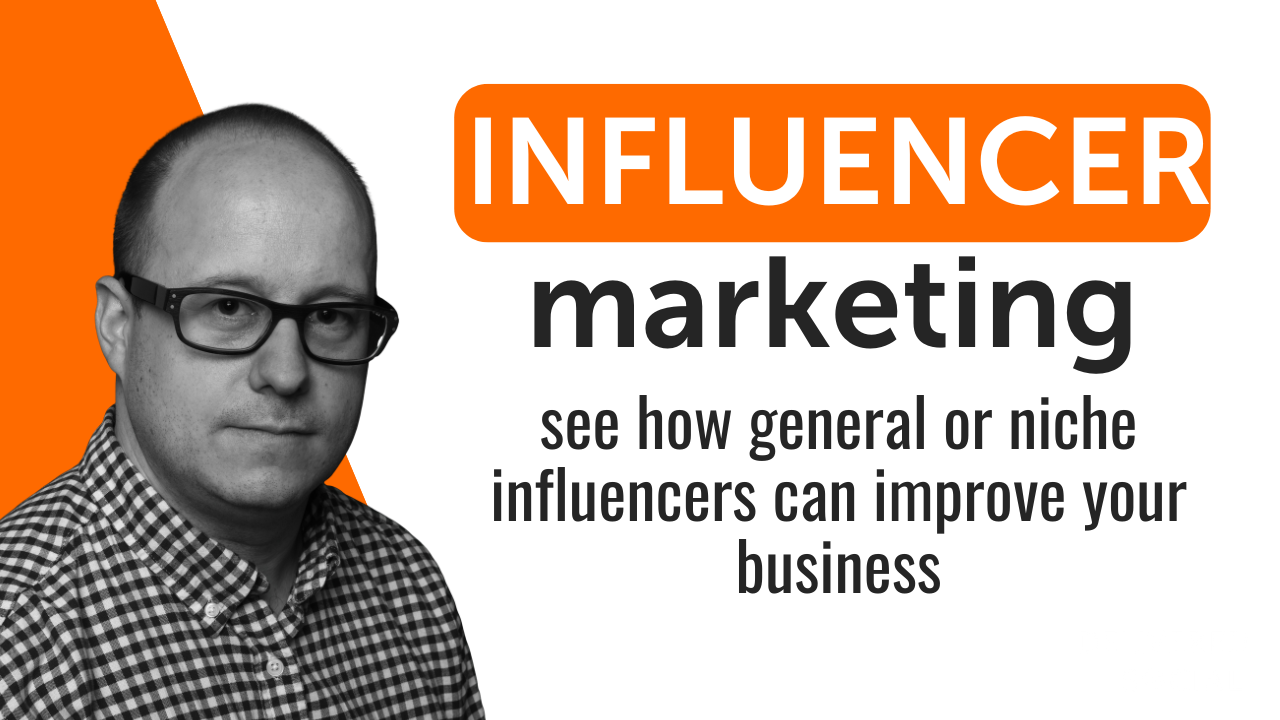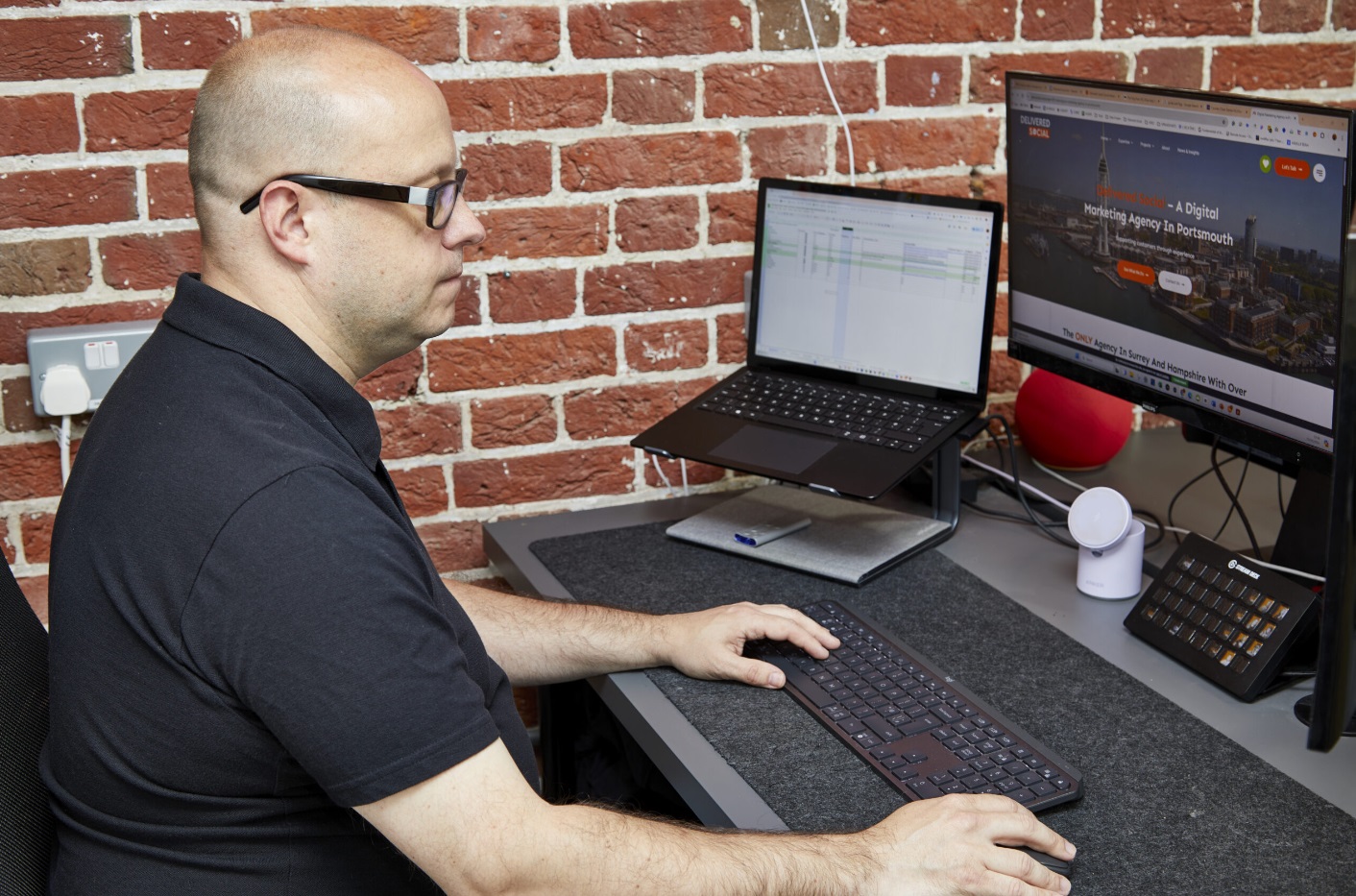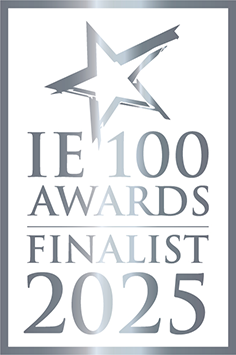
In today's digital landscape, brands must choose between two distinct influencer marketing paths: niche specialists with hyper-engaged audiences or generalists with mass appeal. The decision isn't about which is better, but aligns with specific campaign goals. According to Inigo Rivero, Managing Director of House of Marketers, the most successful strategies blend both types strategically. His team's work with HelloFresh demonstrates this balance—leveraging 200-300 food micro-influencers monthly drove 500+ direct sales while reducing customer acquisition costs by 30%. This campaign proves that influencer selection isn't one-size-fits-all; it requires carefully matching creator type to business objectives.
Understanding The Core Differences
Niche influencers operate in specialised verticals like vegan cooking, legal tech, or sustainable fashion. Their smaller but dedicated followings generate significantly higher engagement rates—typically 5-10% compared to general influencers' 1-3%, notes Daniel Lewis, CEO of LegalOn.
Creators build deep trust; their audiences view them as subject-matter experts rather than entertainers. For example, a tech reviewer with 50,000 followers often drives more gadget conversions than a lifestyle influencer with ten times that following, explains Harpreet Saini, CEO at We Buy Houses in Metro Detroit.
General influencers reach broad audiences and are great for building awareness fast. They're instrumental during seasonal peaks when visibility matters more than immediate sales. Israr Khan, Marketing Head at Dulcet Gift Baskets, shares: "We work with lifestyle influencers around holidays like Easter and Valentine's Day to highlight our gourmet gift baskets. These posts help us reach new people, grow search traffic, and keep Dulcet in mind when people shop for gifts." General influencers play a key role in creating brand recognition for brands in emotional or seasonal categories.
When Niche Influencers Deliver Maximum Impact
Niche creators excel in three key scenarios, according to industry experts. First, they dominate high-consideration purchases where education and trust are paramount. André Disselkamp of Insurancy emphasises that "a 100K-follower creator in your exact niche outperforms random influencers with millions." This proved true for Alisa's real estate brand, where local property influencers drove 15% more qualified leads than broad-reach creators.
Second, niche influencers thrive with community-focused brands. HelloFresh's success came from partnering with food micro-influencers who authentically integrated meal kits into recipe content. Their followers weren't just audiences but potential customers already interested in cooking solutions.
Third, they're cost-effective for targeted campaigns. Nely Hayes, Marketing Manager at HEXO Electrical Testing, shares how tech niche influencers achieved 5.2% conversion rates for a hosting platform at a fraction of celebrity endorsement costs. "Their audiences are primed for conversion," she notes, "while general influencers work better for top-funnel awareness."
The Strategic Value Of General Influencers
While niche creators specialise in conversions, general influencers own four strategic advantages. First, they accelerate brand awareness. Rivero's team found generalists ideal for making HelloFresh a "household name" through mass exposure.
Second, they excel at trend participation. Chipotle's #GuacDance challenge, powered by general influencers, generated 250,000+ user-generated videos—something niche creators couldn't achieve alone.
Third, they provide social proof at scale. As Lewis observes, celebrity partnerships elevate brand perception even when direct ROI is hard to measure. A single post from a mega-influencer can spark media coverage and organic searches.
Fourth, they're versatile. Ryan Whitcher, CEO of Harmony Home Buyers, found lifestyle influencers effective for showcasing property markets broadly, while reserving niche creators for direct lead generation.
Five Critical Mistakes Brands Make
- Prioritising Follower Counts Over Relevance
Vasilescu of DontPayFull warns against "vanity metrics"—choosing influencers based on audience size rather than alignment. One campaign failed when a million-follower generalist's audience included zero potential customers for a technical product. - Ignoring Audience Demographics
Ali shares how a fitness influencer promoting accounting software wasted 30% of a campaign budget. Tools like HypeAuditor can prevent this by analysing follower authenticity. - One-Size-Fits-All KPIs
Rivero stresses that niche and general campaigns require different metrics. "Track conversions for specialists, brand lift for generalists," he advises. - Neglecting Content Integration
Disselkamp notes that forced product placements backfire. Successful HelloFresh posts showed authentic cooking experiences, not scripted ads. - Overlooking Nano-Influencers
Monaleza highlights emerging 1,000- to 10,000-follower creators who deliver 8-12% engagement rates and often outperform expensive macro-influencers.
Measuring Performance: A Dual Framework
For niche campaigns, experts recommend:
- Direct response tracking (promo codes, affiliate links)
- Engagement quality (comments/DMs vs. passive likes)
- Cost per conversion over vanity metrics
General campaigns should measure:
- Brand search volume spikes (Google Trends)
- Social sentiment shifts (mention sentiment analysis)
- Content amplification (shares/saves ratio)
Andrie's team uses UTM parameters to segment traffic sources, finding "tailored CTAs matching each influencer's tone triple ROI."
The Future: Nano-Influencers And AI
Three trends are reshaping influencer marketing:
- Nano-Influencer Networks
Pali Banwait, Founder of Strive, predicts brands will activate hundreds of 1,000 to 10,000-follower creators instead of a few celebrities. These micro-communities deliver higher trust and engagement. - Virtual Influencers
Lewis notes that AI-generated personas like Lil Miquela offer scandal-free, always-available partnerships, which are already driving 60% of Gen Z engagement for some beauty brands. - Long-Term Partnerships
One-off posts are declining. Alisa's firm now signs 6-12 month contracts, mirroring Gymshark's athlete program for consistent messaging.
Conclusion: The Balanced Approach
The experts' consensus is clear:
- Launch with general influencers for awareness
- Convert with niche creators
- Optimise based on campaign-specific KPIs
As Ben Flynn, Marketing Manager at 88Vape, concludes: "Test small with both types before scaling. Even modest budgets can identify what works for your unique goals." In an era where authentic connections drive commerce, this strategic, data-informed approach separates impactful campaigns from wasted spend.
Interested In Working Together?
Introducing Delivered Social. We're The Most-Rated Digital Agency In Surrey & Hampshire – We've Got To Be Doing Something Right.
Delivered Social is a digital marketing agency with one mission—to help businesses grow. We're famous in Guildford and Portsmouth for our social clinics. We believe in free advice. We build lasting relationships because our team prides itself on being helpful, which our clients appreciate.
If you are looking for a new website or an agency to manage your social media presence, we can help.
If you need something slightly different, here's a super handy list of all our services, or you can always email us.























